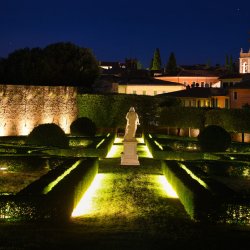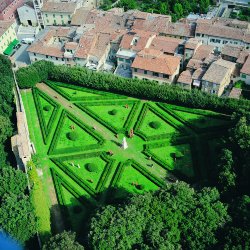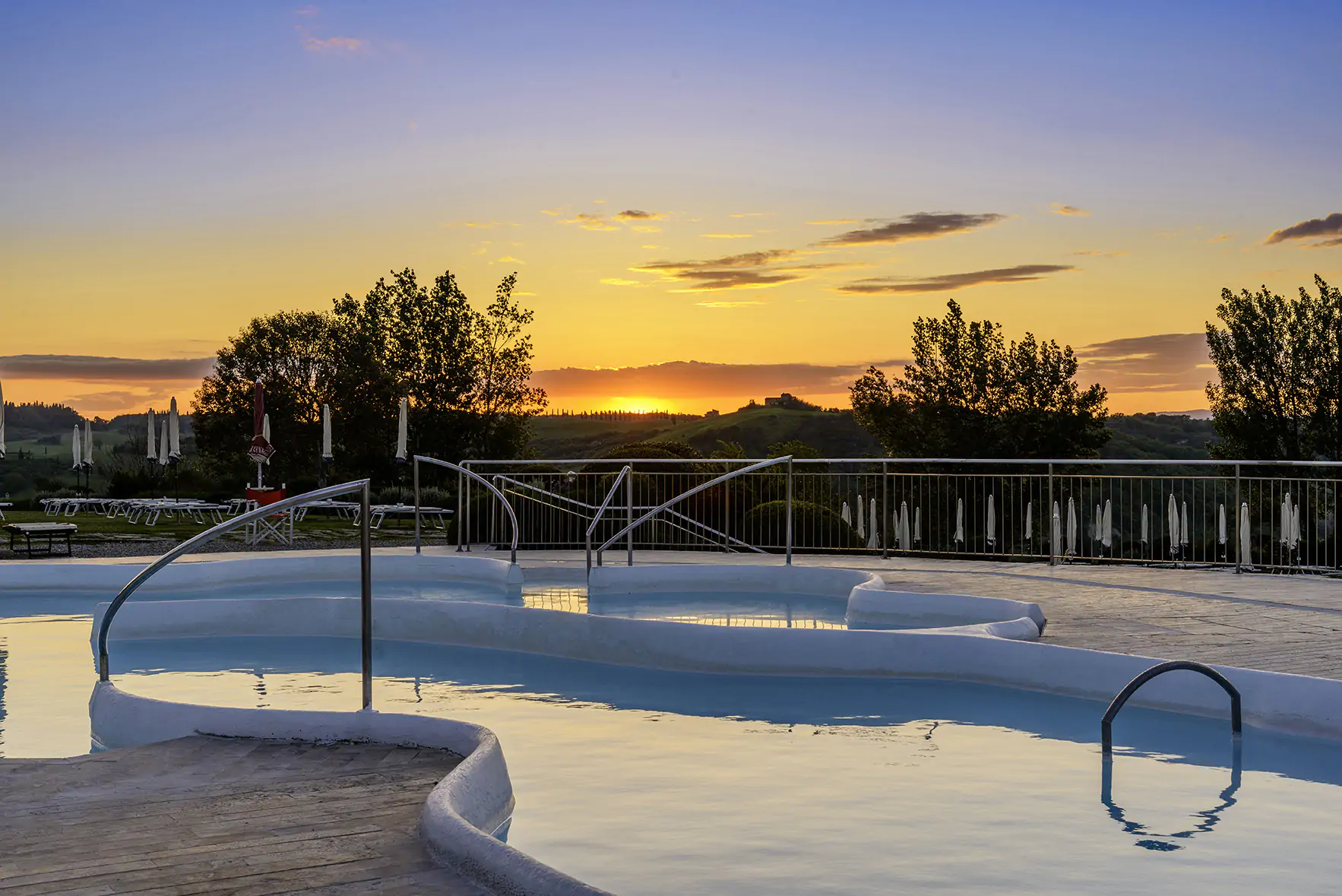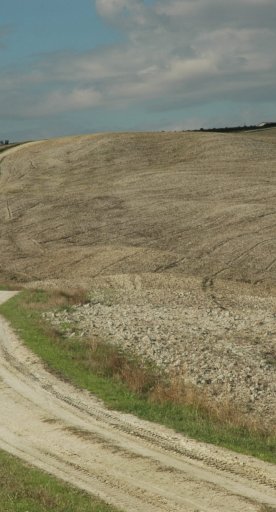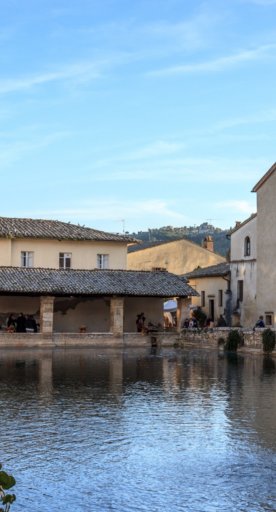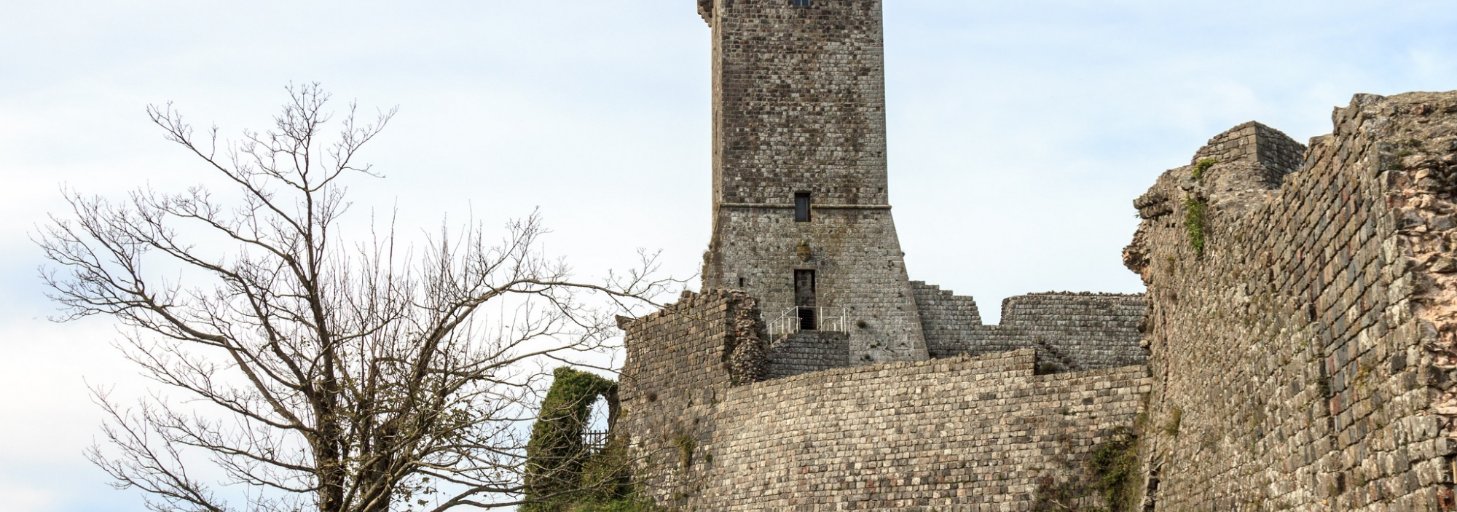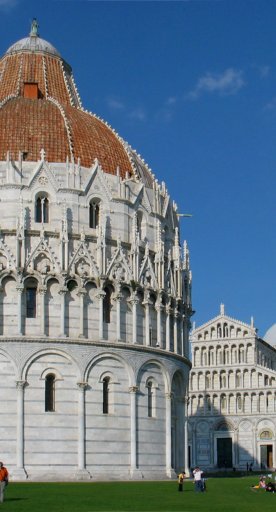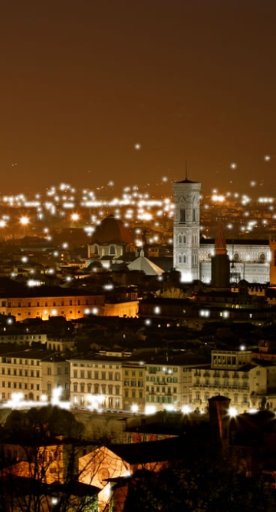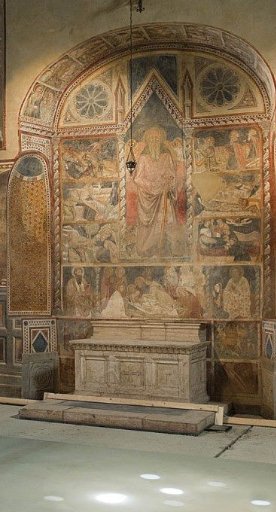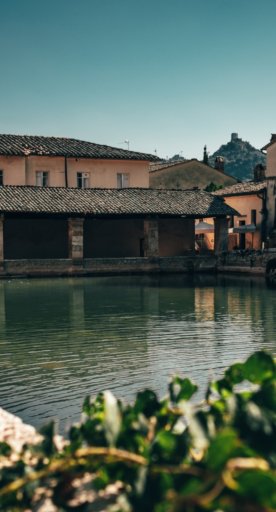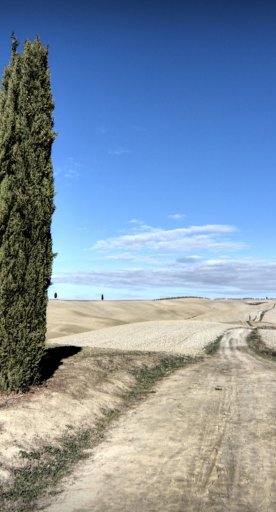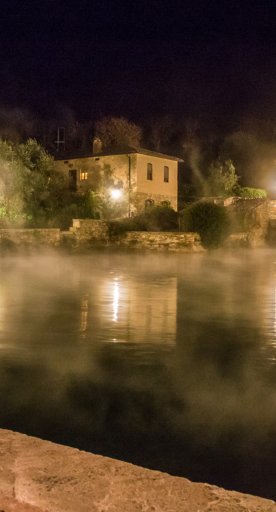Val d'Orcia: hot baths and more
From Bagno Vignoni to Bagni San Filippo
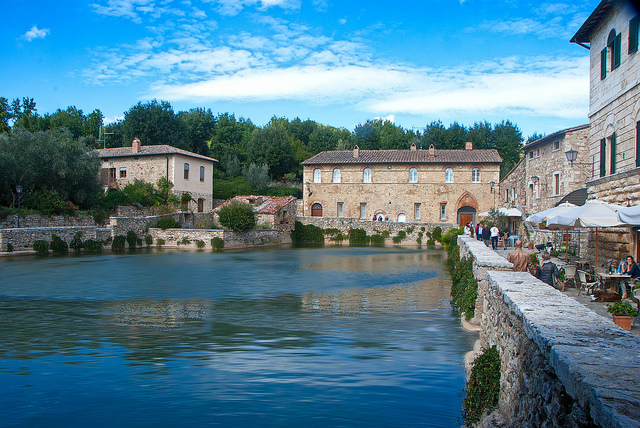
The natural richness of this area is mirrored in the vast selection of minerals: thermal springs have flowed from this territory for centuries, modifying the landscape and the wealth it offers. The thermal baths of Bagno Vignoni were used by the civilizations of yore that inhabited the area. The Etruscans used these healing waters, as did the Romans after them. A large rectangular bath is the enchanting frame for this small town: here the thermal waters have flowed for centuries, and the bath faces ancient buildings like the portico of Santa Caterina and the church of San Giovanni Battista. The healthy 'vapours' of this 'piazza of thermal waters', especially at night, offer a magical and mystical atmosphere.
Although it is no longer possible to plunge into the warm waters of the ancient pool, you can still bathe and enjoy spa treatments at the three accommodation facilities there: Le Terme Spa & Resort, the Hotel Posta Marcucci and the Terme Hotel Adler.
Not far off from this thermal spring town is San Quirico d'Orcia, an important trajectory along the Via Francigena, where visitors can see the Collegiata from the 12th century and the Horti Leonini, a magnificent green oasis and 15th century garden, situated under the walls of the ancient town.
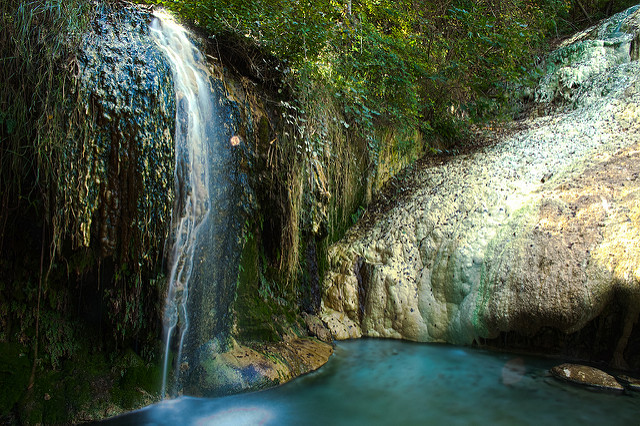
Along the slopes of Monte Amiata is Bagni San Filippo: a small village known since ancient times for its hot thermal waters that have created, in the midst of a lush forest, small waterfalls and hot pools where you can bathe. Through an evocative footpath into the green, you arrive at the Balena Bianca (White Whale) waterfall and to the numerous pools where you can bathe in peace.
Nearby is the ancient town and birth place of Lorenzo di Pietro detto il Vecchietto, Castiglione d'Orcia. There is lots to visit here: the city hall building, the churches of Santa Maria Maddalena and the Santi Stefano e Degna, the remains of Rocca Aldobrandesca and the magnificent Rocca a Tentennano.
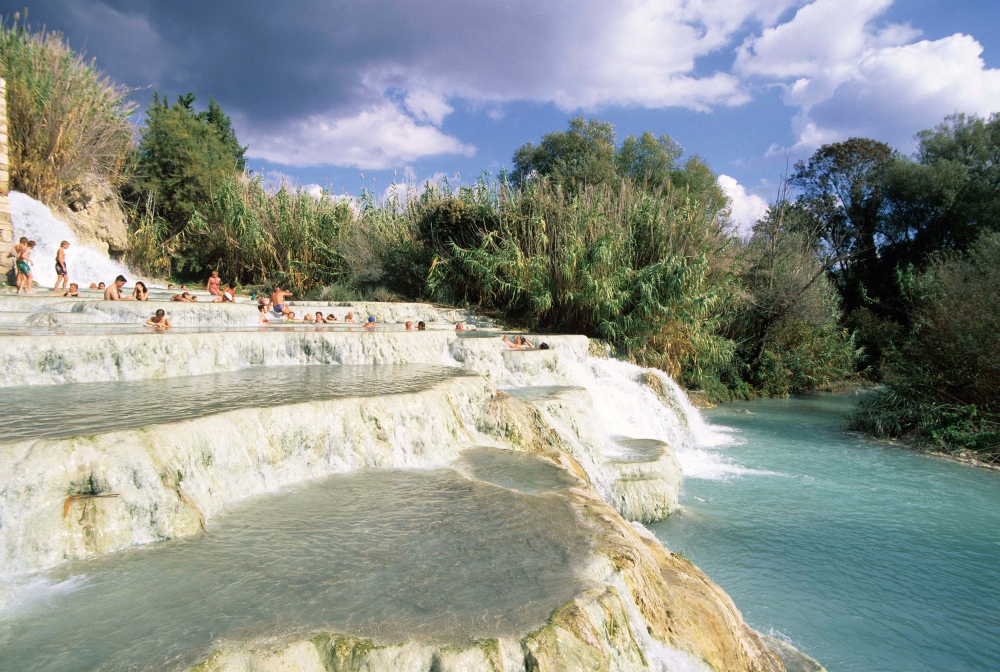
Thanks to its volcanic origins, the entire area is rich in thermal springs. In just a few kilometres from here, visitors can travel to other famed healing waters, like Saturnia, San Casciano and Rapolano.
What’s nearby?




